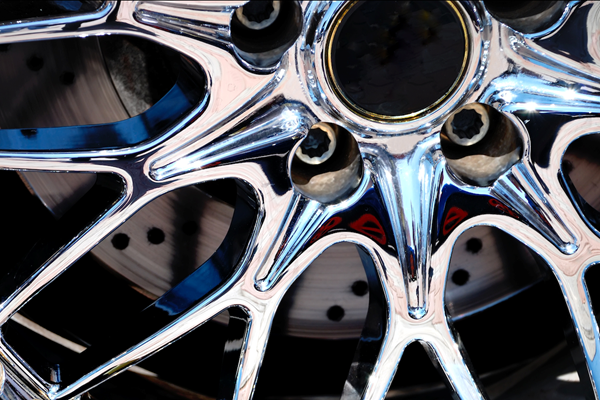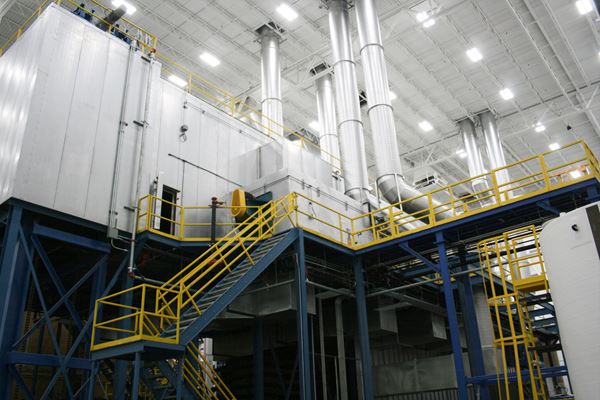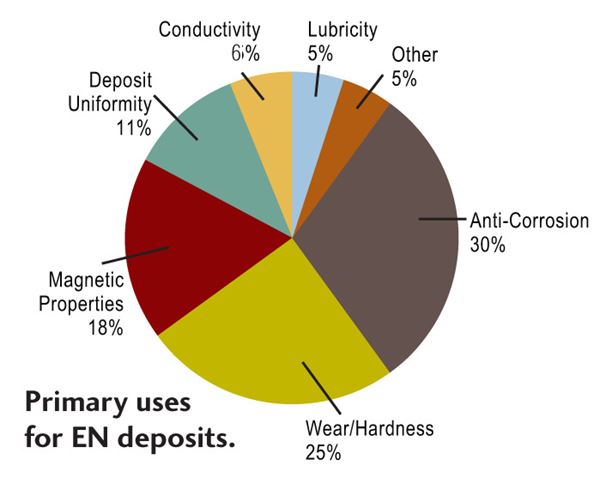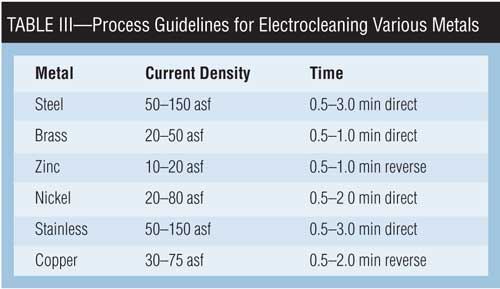How to Choose Between Sulfate and Chloride-Based Trivalent Chromium
There are several factors to consider when choosing between sulfate and chloride-based baths for trivalent chromium plating. Mark Schario of Columbia Chemical discusses the differences and what platers should keep in mind when evaluating options.
Manufacturing Madness: When to Speed It Up and When to Slow it Down
I love March Madness!
Powder Coatings vs Energy-Cure Coatings
Examining the basic differences between powder coatings and energy-cure coatings can help answer the question of whether or not one of these technologies might be appropriate for a specific application.
Prevent Plating Problems with Critical Inspections
Tanks and their contents should be regularly inspected visually and analytically. When a quality issue arises, it is important to quickly pinpoint where the main problem is by checking which parameter is out of line.
Alkaline Cleaning Guide
Gregg Sanko, Senior Chemist, Oakite Products, Inc. provides an overview of the alkaline cleaning process.
Can You Afford to Not Use Custom Masking?
Are you weighing the costs of a custom masking solution vs. an off-the-shelf solution? Christy Schulthess of Custom Fabricating & Supplies discusses the overall savings that can be realized with custom masking.
A Chromium Plating Overview
An overview of decorative and hard chromium electroplating processes.








